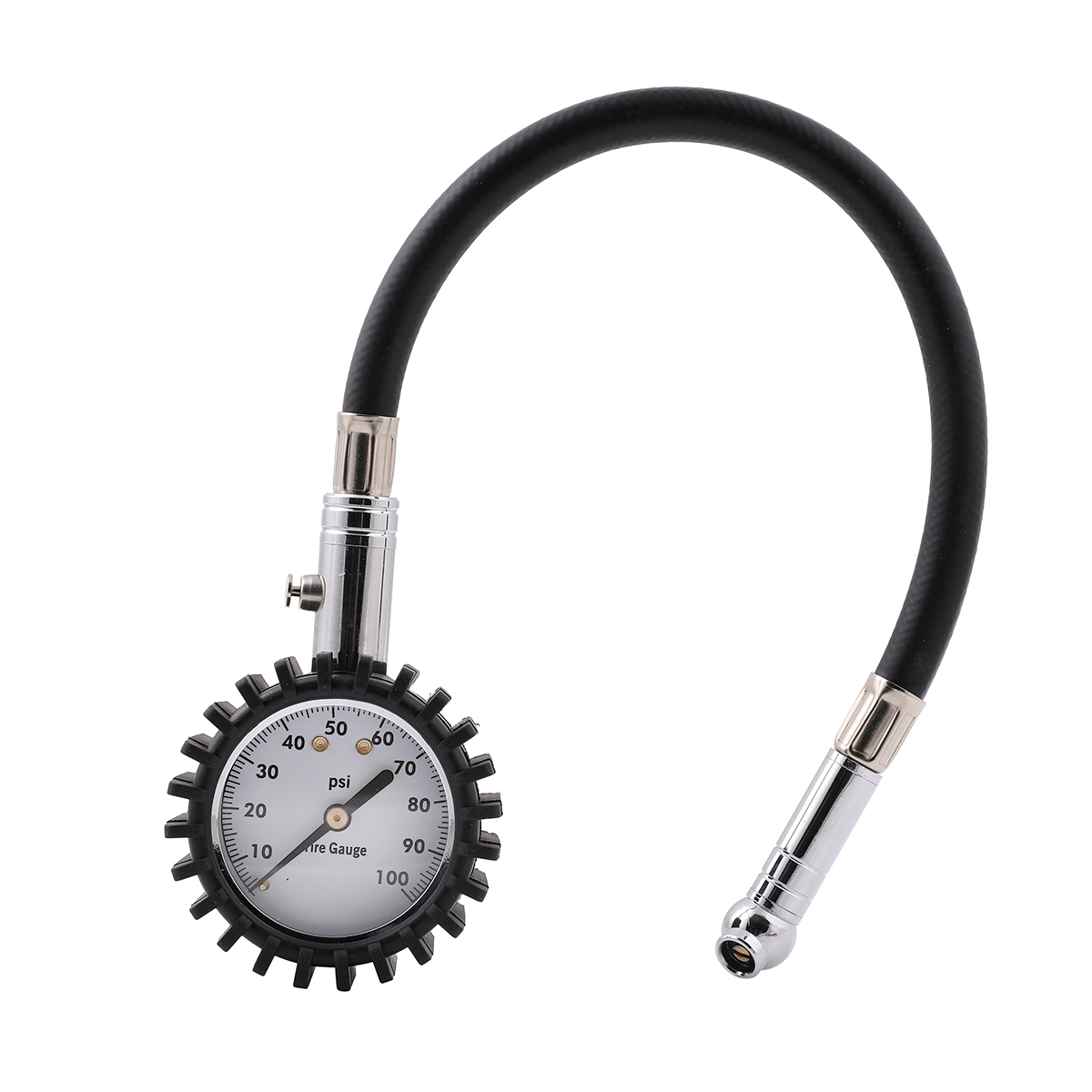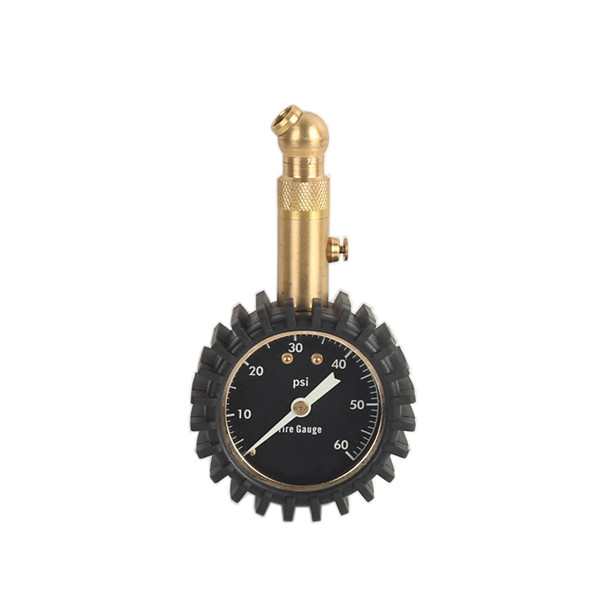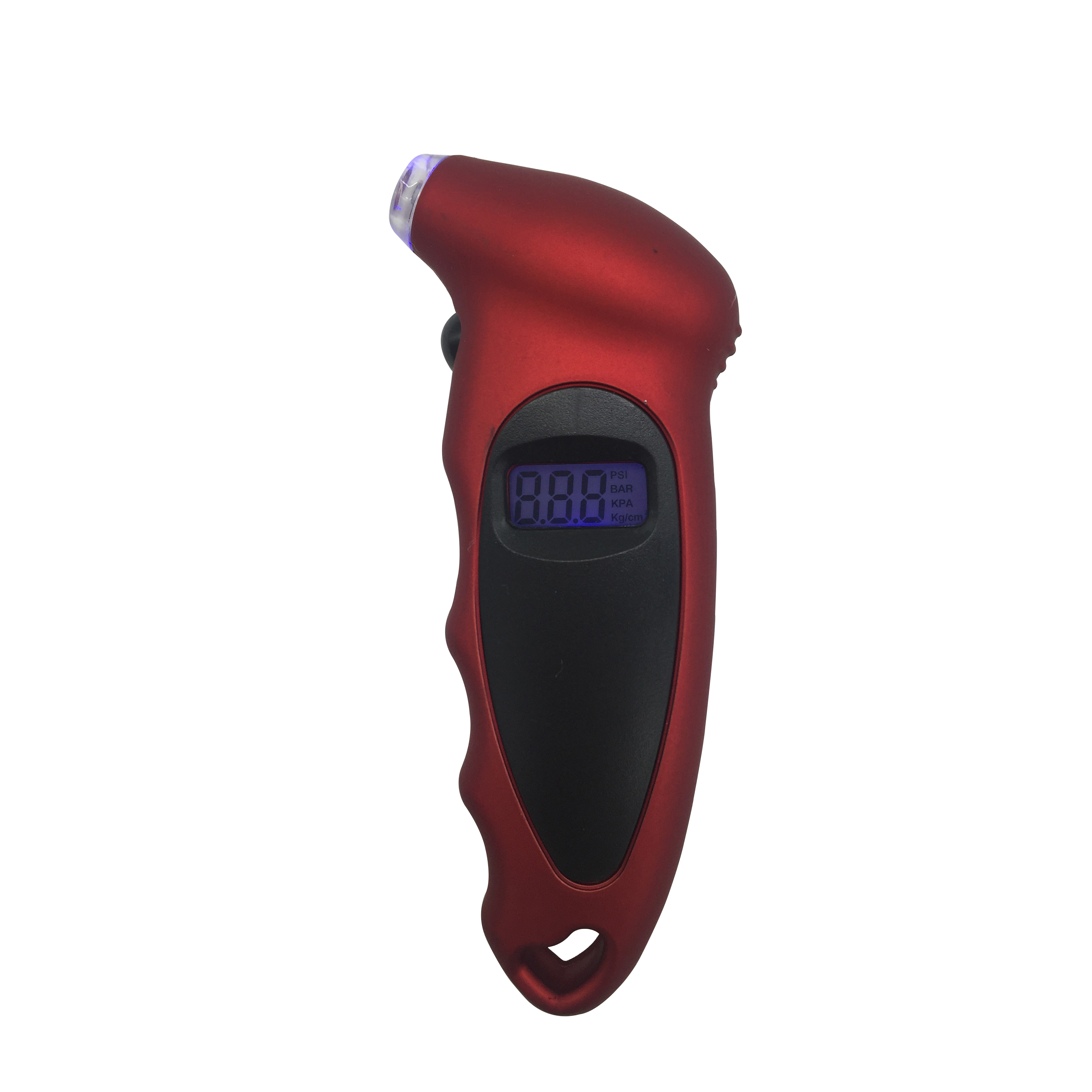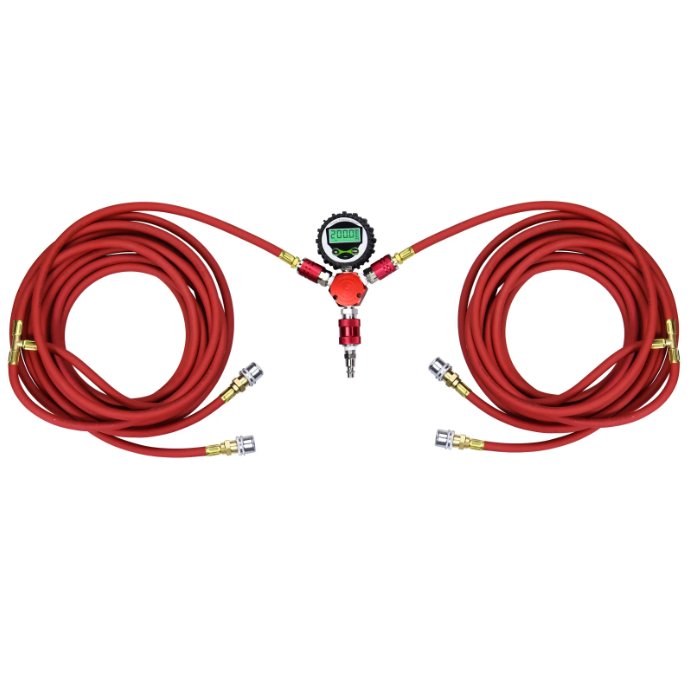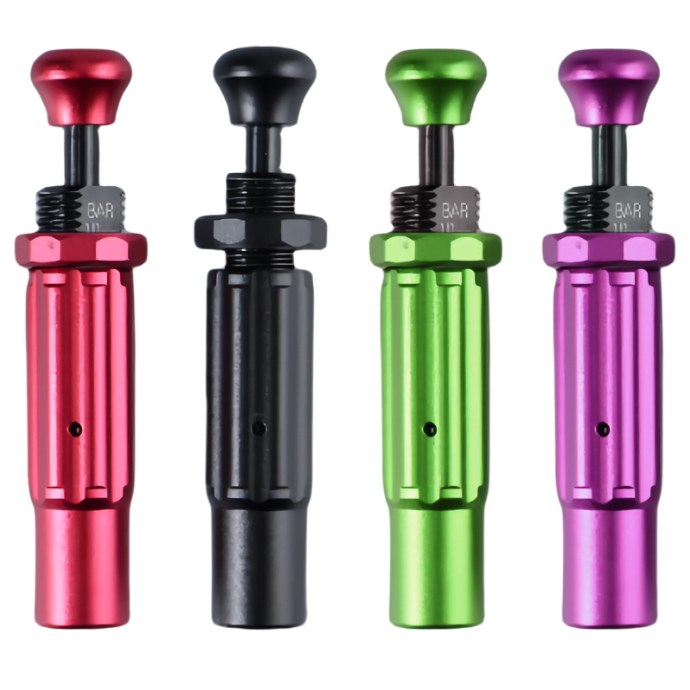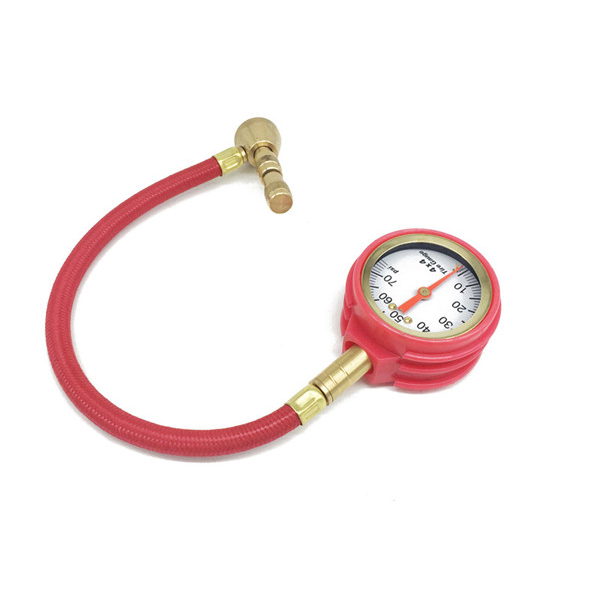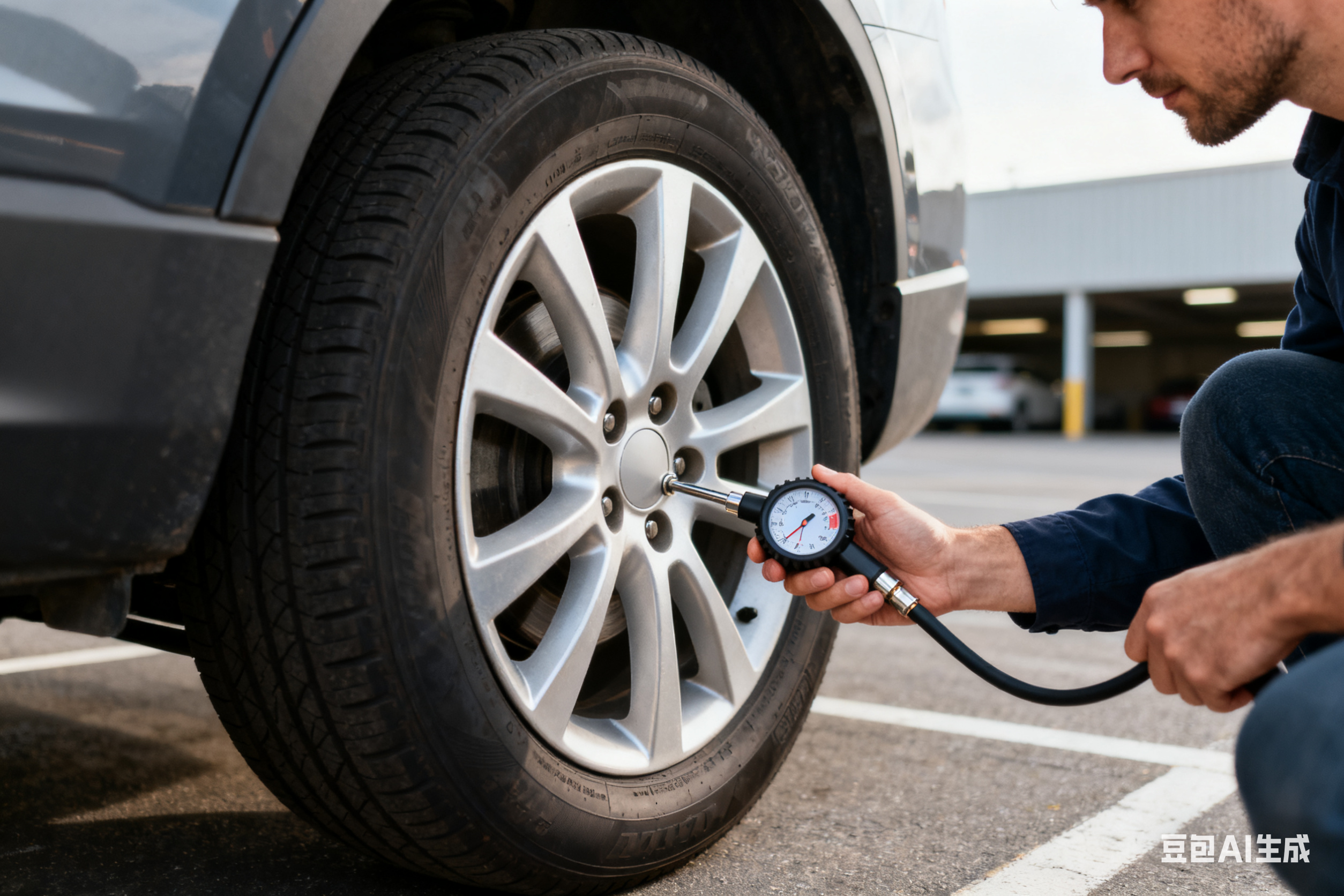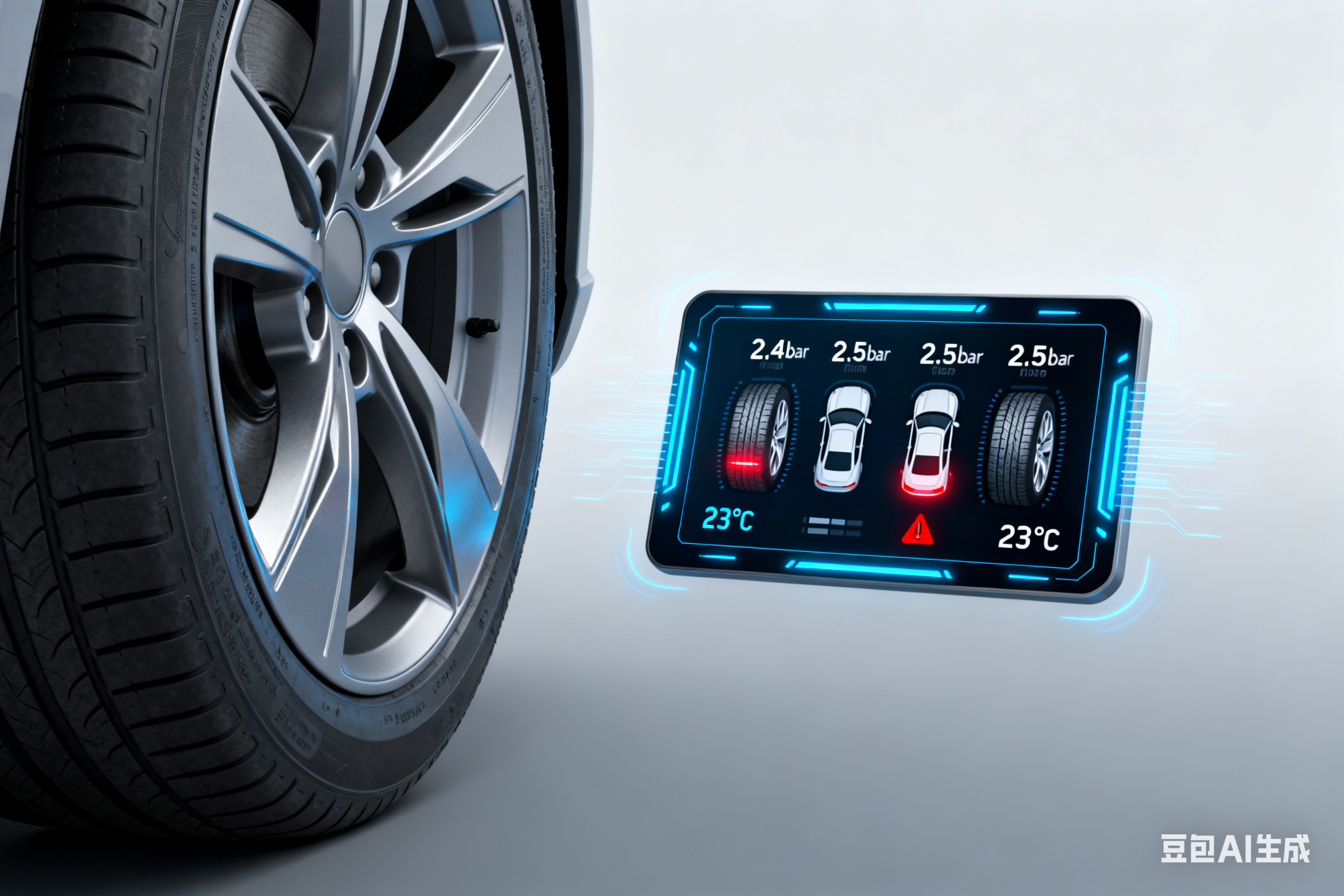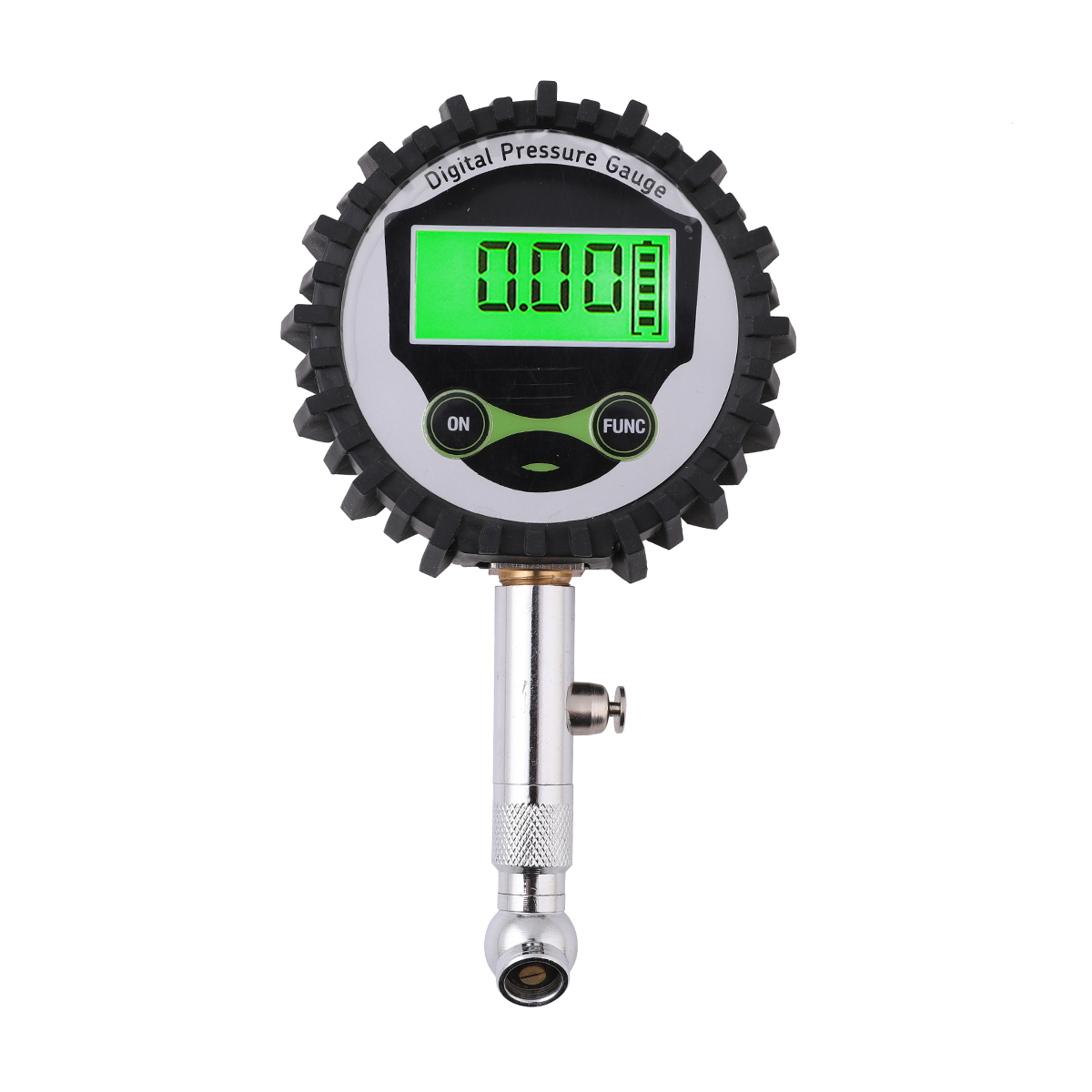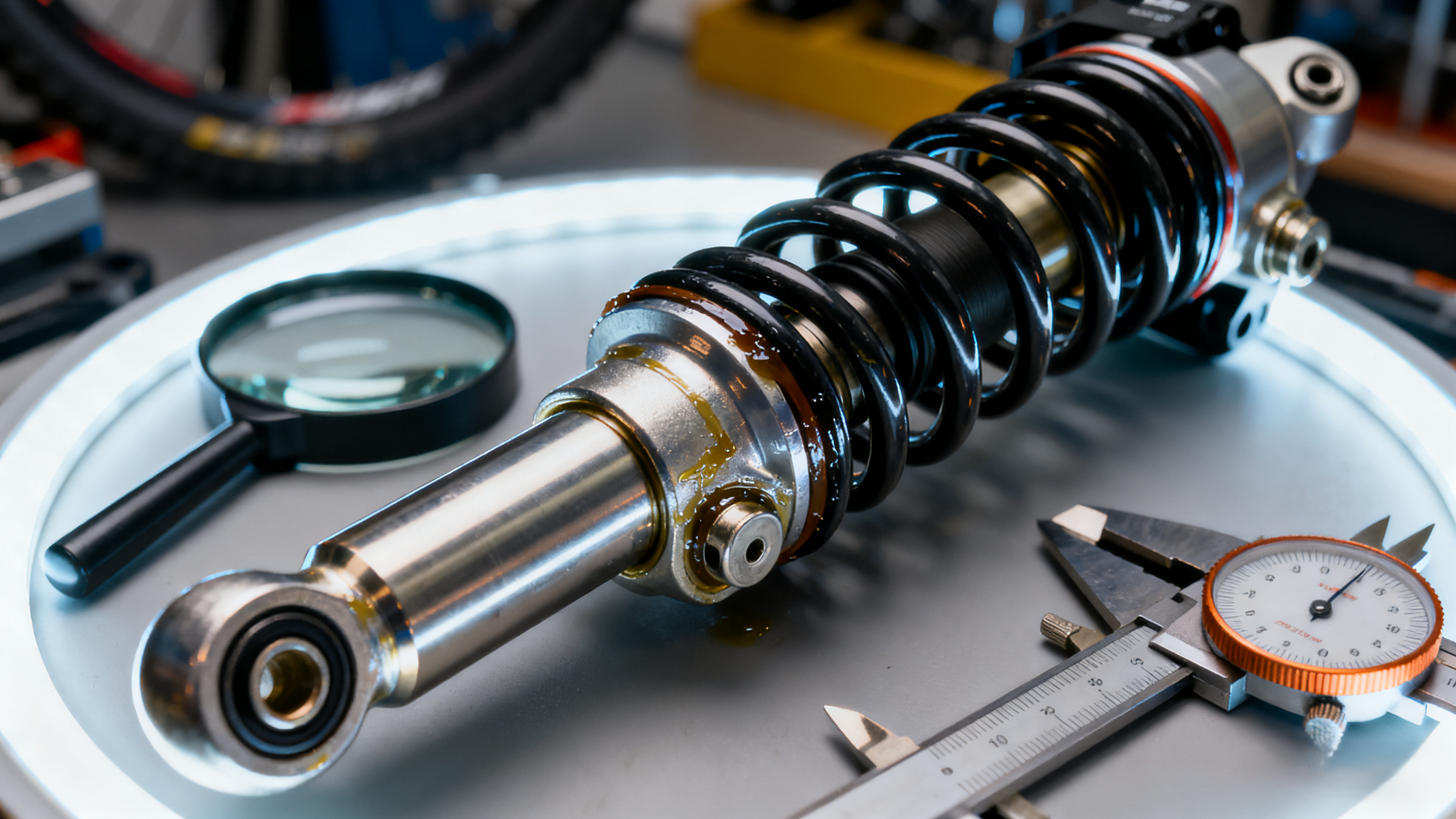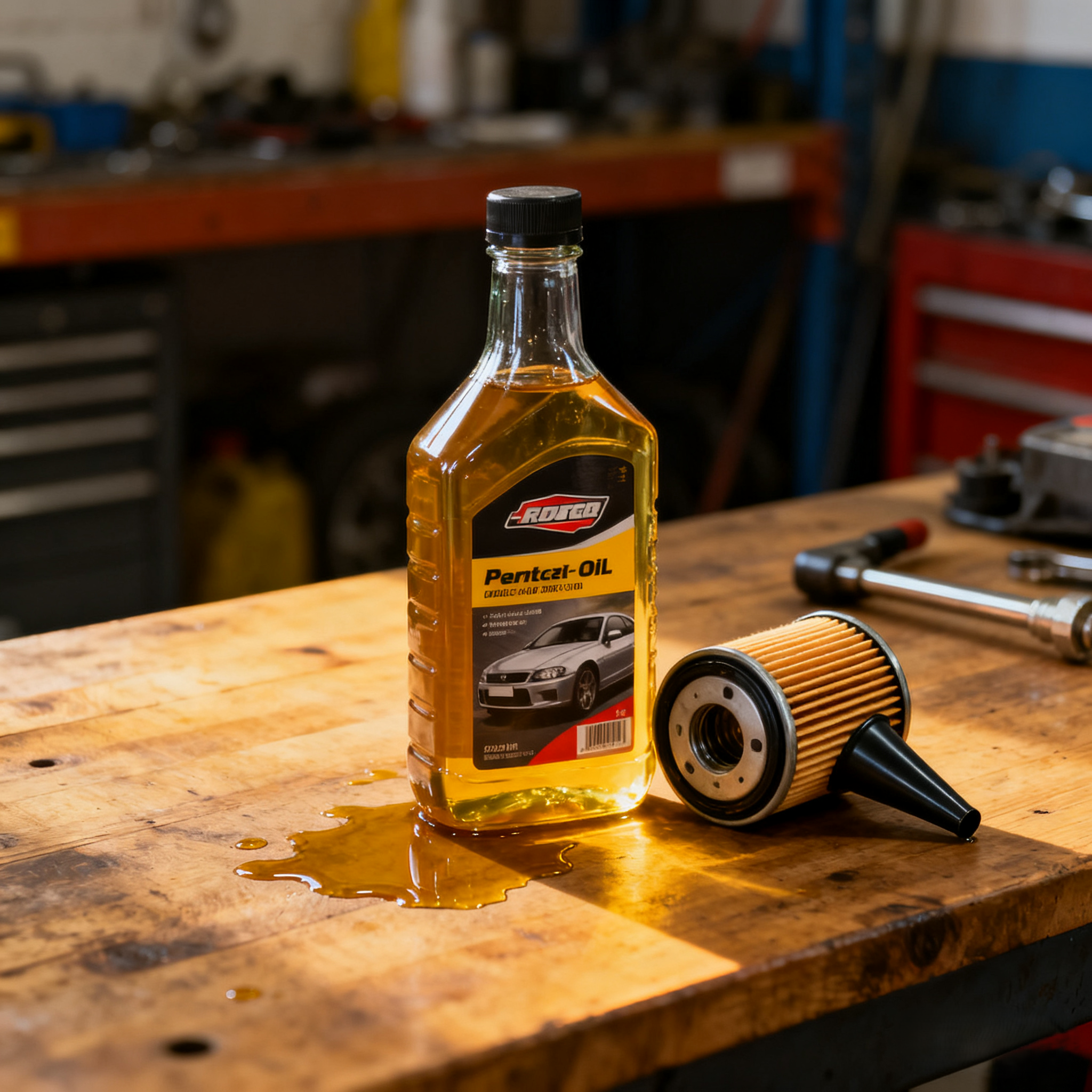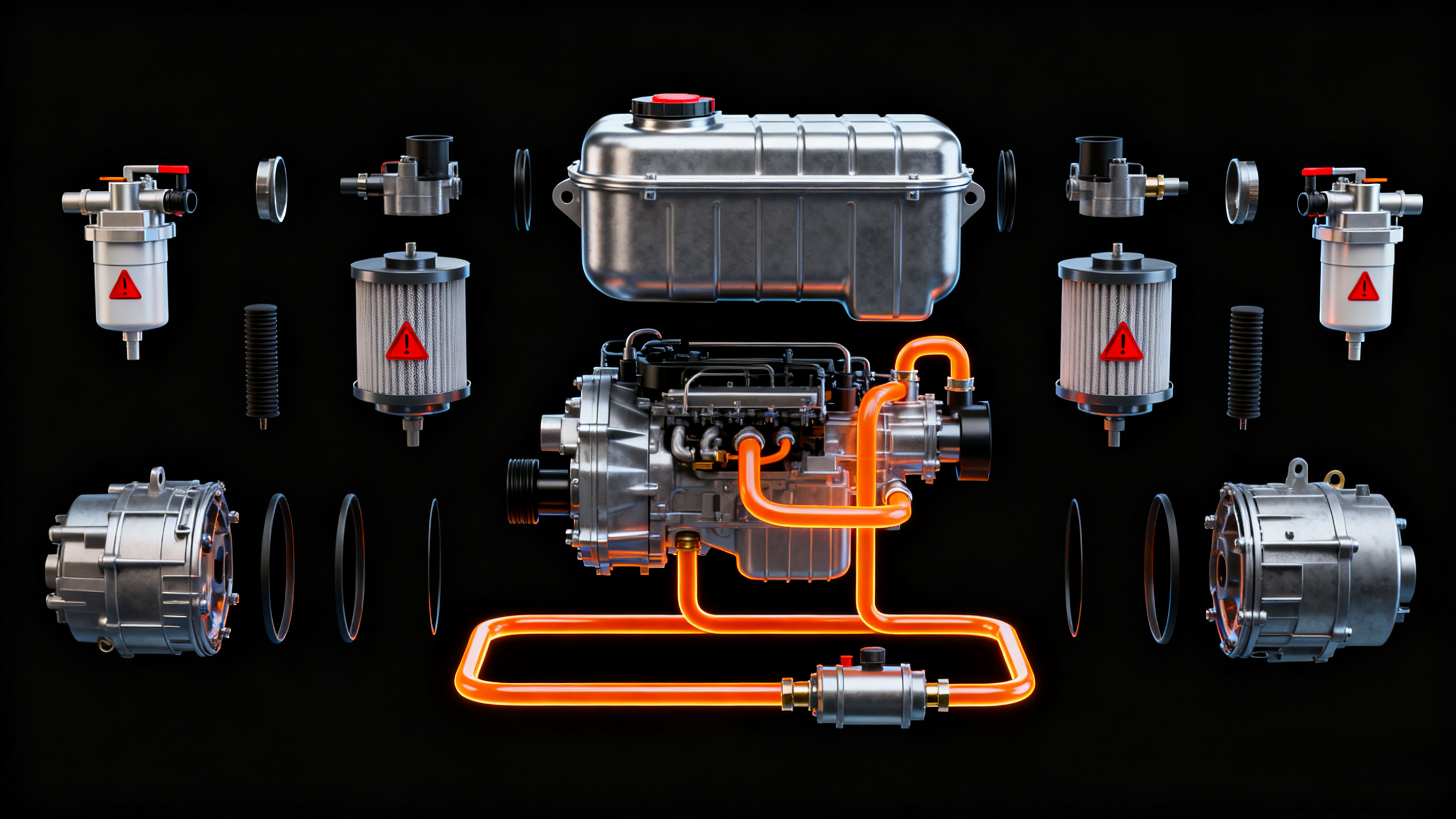Bike Suspension Maintenance: Keep Your Ride Smooth on Rough Terrain
Bike suspension (front fork and rear shock, if your bike has one) absorbs bumps, rocks, and rough terrain, making your ride smoother and keeping your tires on the ground for better traction. But like all bike components, suspension needs regular maintenance to work properly—dirty oil, worn seals, or loose bolts can make the suspension feel stiff, leaky, or unresponsive. Here’s how to maintain your bike’s suspension at home, no special tools required.
First, know your suspension type. Most bikes have one of two suspension setups:
- Hardtail: Only a front fork (no rear shock)—common on entry-level mountain bikes and gravel bikes.
- Full suspension: Front fork + rear shock—common on high-end mountain bikes for rough terrain.
Daily/weekly maintenance (quick checks):
- Clean the fork stanchions (the shiny metal tubes on the front fork). After every ride (especially in mud or dust), wipe the stanchions with a clean, dry rag. Dirt and grime on the stanchions can scratch the metal and damage the seals (causing oil leaks). To clean: Hold the rag around the stanchion, then compress and extend the fork a few times—this wipes away dirt. Avoid using soap or water (it can wash away the fork’s lubricant).
- Check for leaks. Look for oil stains on the stanchions, fork lowers (the plastic part of the fork), or rear shock. A small amount of oil (a few drops) is normal (it’s from the fork’s wiper seals), but large puddles or constant dripping mean the seals are worn and need replacement (take your bike to a shop for this—seal replacement requires specialized tools).
- Tighten loose bolts. Check the bolts that attach the fork to the frame (steerer tube bolts) and the rear shock to the frame (mounting bolts). Use an Allen wrench to tighten them slightly (don’t over-tighten—follow the manufacturer’s torque specs, usually 5–8 Nm for fork bolts). Loose bolts cause rattling and reduce suspension performance.
Monthly maintenance (deeper clean):
- Lubricate the fork stanchions. After cleaning the stanchions, apply a small amount of suspension fork oil (or silicone-based lubricant) to the top of the stanchions. Compress and extend the fork a few times to spread the lubricant—this keeps the seals smooth and prevents dryness. Use only lubricants recommended by the fork manufacturer (avoid motor oil or grease—they can damage the seals).
- Clean the rear shock (full suspension bikes). Wipe the shock’s shaft (the metal tube) with a dry rag, then apply a small amount of shock oil to the shaft. Compress and extend the shock a few times to lubricate the seals. Check the shock’s air pressure (if it’s an air shock)—use a shock pump to adjust it to your weight (check the manufacturer’s recommendations—most shocks need 80–150 psi for an average-weight rider).
- Inspect for damage. Look for cracks in the fork lowers or rear shock housing, bent stanchions, or broken bolts. If you see any damage, stop riding the bike and take it to a shop—damaged suspension can fail while riding, causing a crash.
Annual maintenance (professional service):
Even with home maintenance, your suspension needs a professional service once a year (or every 100–200 miles of rough riding). A bike shop will:
- Drain and replace the fork oil (old oil gets dirty and loses its ability to absorb shocks).
- Replace worn seals and wiper blades (prevents leaks).
- Clean and lubricate internal components (like the fork’s damper and spring).
- Adjust the suspension’s compression and rebound damping to your riding style.
Maintenance tips for different riding conditions:
- Muddy rides: Clean the suspension immediately after riding (wipe stanchions and shock shaft, then lubricate). Mud can work its way into the seals and damage internal parts.
- Dry, dusty rides: Lubricate the stanchions more often (every 2–3 rides) to prevent dust from scratching the metal.
- Cold weather: Use a lighter-weight suspension oil (check the manufacturer’s recommendations)—cold weather thickens oil, making the suspension feel stiff.
A well-maintained suspension makes rough terrain feel smooth, improves traction, and extends the life of your bike. With regular checks and simple home maintenance, your suspension will work like new for years.

